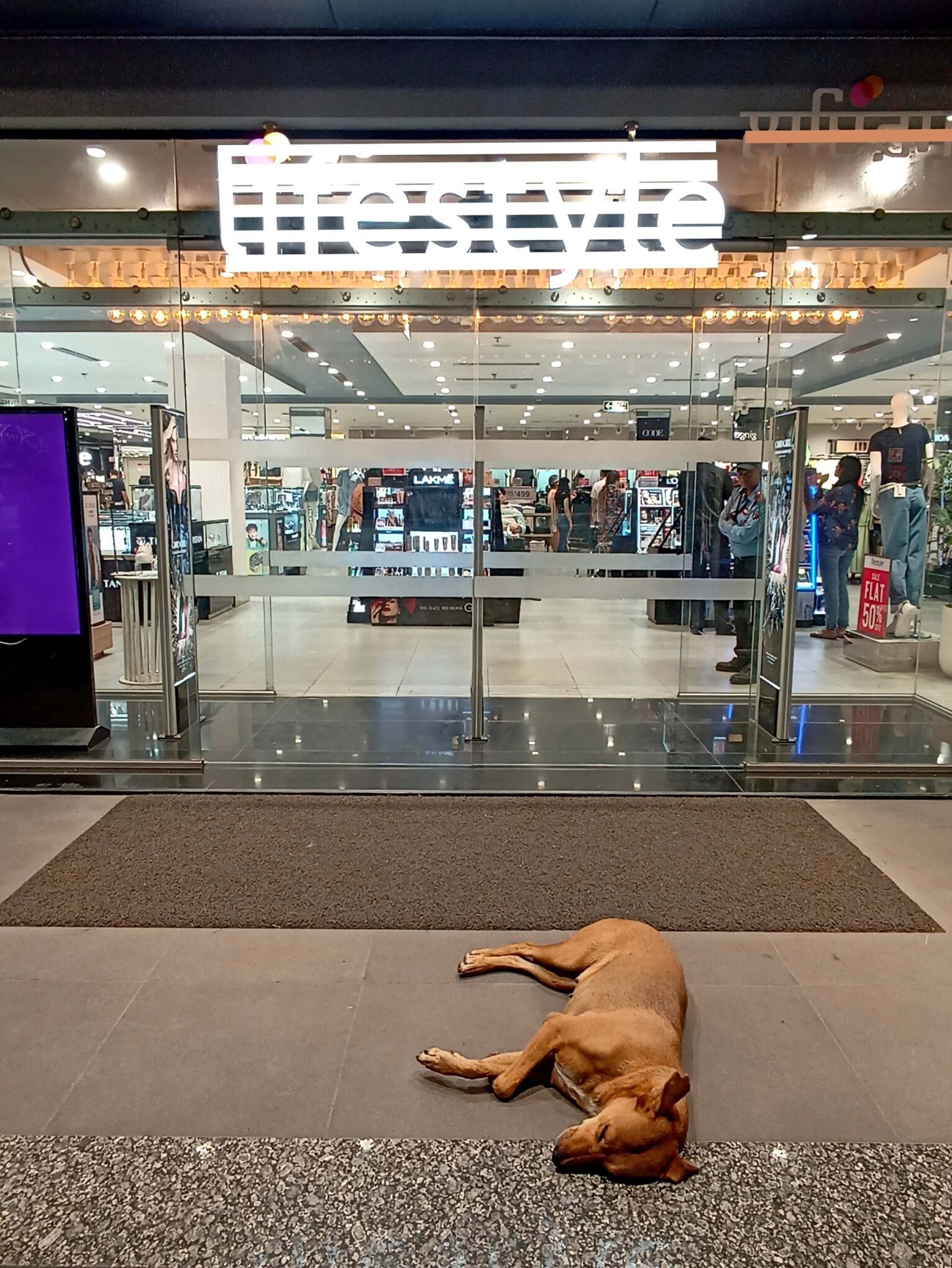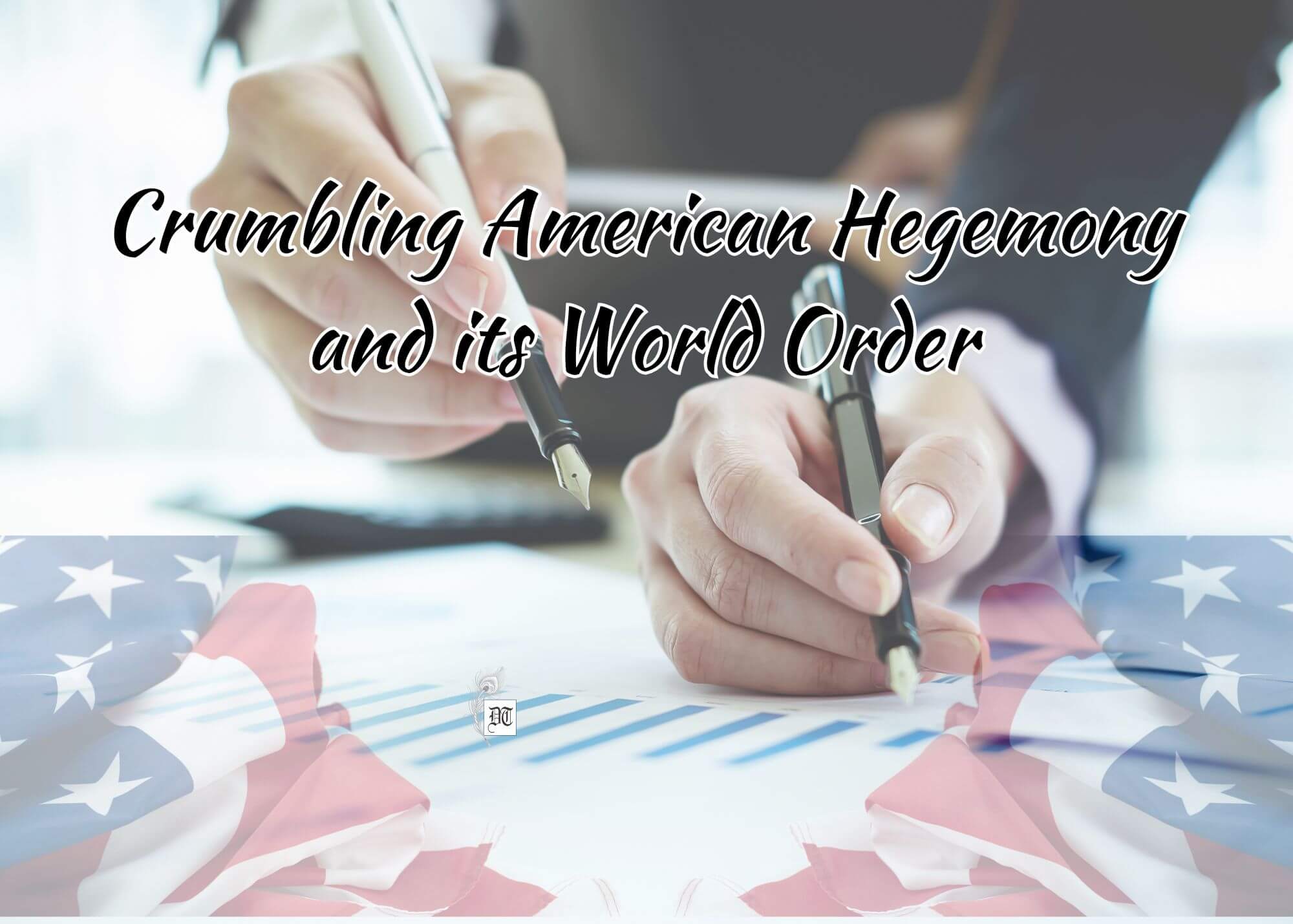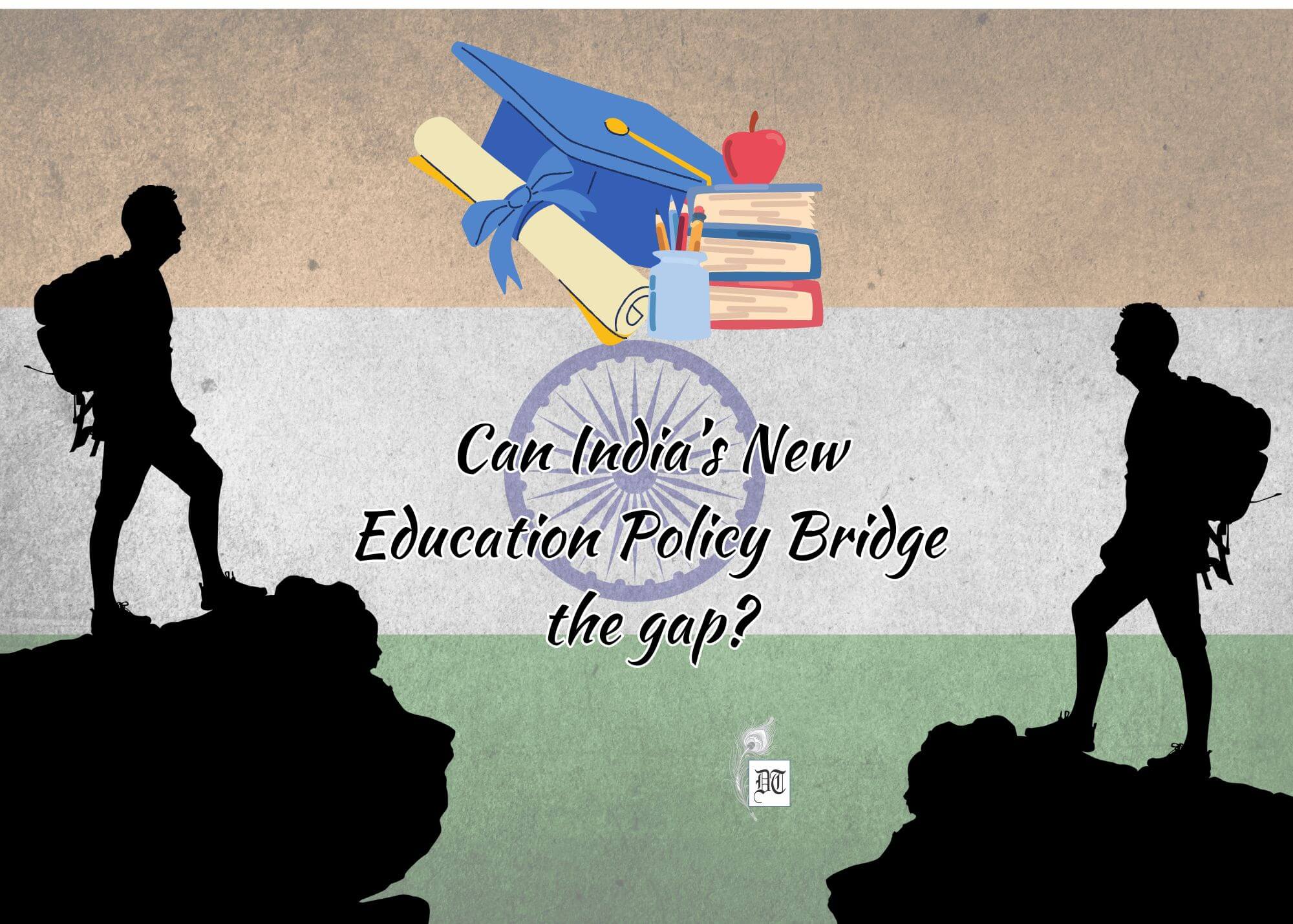As the consumer moves towards more evolved and emotional buying, the need for finance options, both for consumption, as well as high returns on savings would grow more than before. Thus, the finance business will see explosive growth. The highest growth sector in India is mutual fund industry, witnessing a growth of around 40% yearly. Tourism, healthcare, automobiles, and branded retail, are thus, the future of business in India, opines Tarun, in the weekly column, exclusively in Different Truths.
The markets are dynamic. They keep on changing. This happens due to various reasons like new technology, changing demographics, changing income levels, political change, or even climate change. Needless to say, India is undergoing the tectonic shift in almost all the above-mentioned spheres. So, Indian markets are in a state of flux, or high dynamism. Let’s see what the specific changes are.
As we have seen before, the experiments with interest rates and taxation are affecting the savings pattern, and thus the consumption in India. These are recent changes. But consumption patterns are the result of deep cultural roots and upbringing. For example, Litti chokha is a popular dish in Bihar, while Daal baati is the same for Rajasthan, while Khakra and Dhokla are the staples of Gujarat, Idli and Dosa for South India, and so on for each state and region in the country. Now, this is the food handed down to the present generation by their forefathers (to be precise, mothers). Similar is the case of clothes of a particular region. As we can see, cultural patterns determine the way we eat or live. These patterns are hard to change, or very slow to change.
Then there are the familial upbringing factors. The way one’s father and mother have shopped affects the person’s buying. An individual will tend to buy at the same place, and the same way, as their parents did until that individual adds his or her own new choices, honed by the peer group they move in.
 However, at a macro level, there is a massive change happening. The advent of the internet and faster means of transport are the biggest changes. Means of communication and transport empower the consumer, as he can have better knowledge, as well as better mobility to make the best choices. Take Delhi Metro, for example. It has managed to connect suburban areas with main city centres like Chandni Chowk, Karol Bagh, etc. The internet has not only enabled e-commerce, but also, is influencing buying patterns. Almost no hotel can survive without having a website, not just for booking rooms, but also for giving a virtual feel to the prospective travellers.
However, at a macro level, there is a massive change happening. The advent of the internet and faster means of transport are the biggest changes. Means of communication and transport empower the consumer, as he can have better knowledge, as well as better mobility to make the best choices. Take Delhi Metro, for example. It has managed to connect suburban areas with main city centres like Chandni Chowk, Karol Bagh, etc. The internet has not only enabled e-commerce, but also, is influencing buying patterns. Almost no hotel can survive without having a website, not just for booking rooms, but also for giving a virtual feel to the prospective travellers.
The increasing digitisation also is making people change. People like to shop where digital payments are accepted, and printed invoices are presented to customers.
According to a study by Boston Consulting Group, the three main change drivers of consumption patterns in India are:
1. Rising affluence,
2. High growth of urbanisation, especially tier-II cities, and
3. The rise of nuclear families.
As affluence rises, and more people shift upwards on the income scale, from strugglers to aspirers, affluent and elite, they tend to buy more for emotional satisfaction, than for functional utility. That is why we see luxury car dealers setting shop in India over the last few years. We shall have more of this brand and fashion consciousness over the years.
High growth of urbanisation is increasing use of products such as consumer durables. Interestingly, India is seeing not just metropolitan cities growing, but also the growth of smaller cities. Consumers in emerging cities behave differently from the big-city consumers. They have a strong value-for-money orientation, significant local cultural affinity, and a more conservative financial outlook. They have high purchasing aspirations but are often constrained by product availability.
The rise of nuclear families means that decisions maker is becoming younger and more optimistic. They  base their decisions more on lifestyle considerations and need to keep pace, than on the need for functional utility. This is especially true in consumer durables like electronic gadgets, cars, and apparels. The processed food industry, offering ready to eat and packaged food, would also be a big gainer because of this nuclear family growth.
base their decisions more on lifestyle considerations and need to keep pace, than on the need for functional utility. This is especially true in consumer durables like electronic gadgets, cars, and apparels. The processed food industry, offering ready to eat and packaged food, would also be a big gainer because of this nuclear family growth.
As the consumer becomes more evolved, he would be using more of heuristics, or rule of thumb, to make buying decisions. This is because of increasing lack of time to make informed decisions, and an increasing surplus of options of products to choose from. There are other factors like peer pressure, and aspirations. Thus, the need for a marketer to invest time and money in brand building is all the more important going forward.
 As the consumer moves towards more evolved and emotional buying, the need for finance options, both for consumption, as well as high returns on savings would grow more than before. This will create more consumers with debt, as well as more investments trying to get more returns. Thus, the finance business will see explosive growth. This is already happening. The highest growth sector in India is mutual fund industry, witnessing a growth of around 40% yearly.
As the consumer moves towards more evolved and emotional buying, the need for finance options, both for consumption, as well as high returns on savings would grow more than before. This will create more consumers with debt, as well as more investments trying to get more returns. Thus, the finance business will see explosive growth. This is already happening. The highest growth sector in India is mutual fund industry, witnessing a growth of around 40% yearly.
Tourism, healthcare, automobiles, and branded retail, are thus, the future of business in India.
India is a vast market, with a lot of niches, and fragmentation. It is both a marketer’s delight as well as a challenge. It is a challenge because it is not homogenous. The conclusion is that a marketer who is willing to change along with the fast-changing dynamics can really reap the rich dividends, while those doing things traditionally, will be left behind.
©Tarun Gupta
Photos from the Internet
#MutualFunds #Investment #Funds #Tourism #Healthcare #Automobile #Industry #IndianEconomy #Returns #Market #BarefootEconomist #DifferentTruths



 By
By

 By
By
Great in depth knowledge. Good work